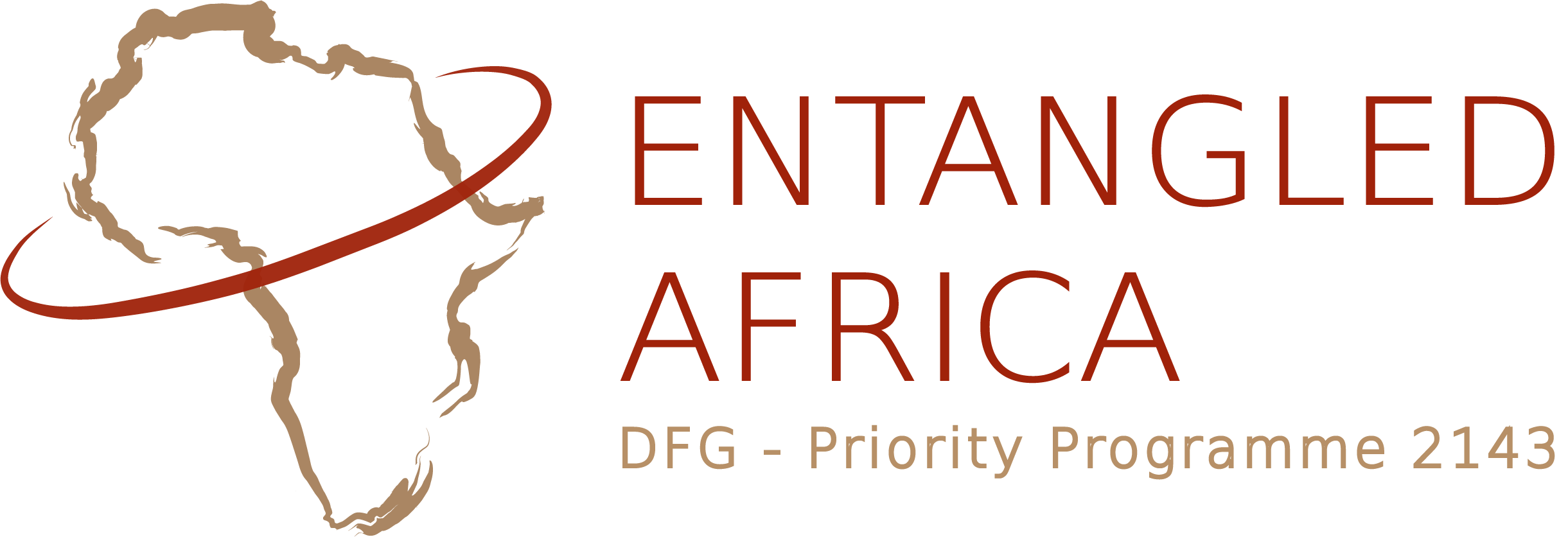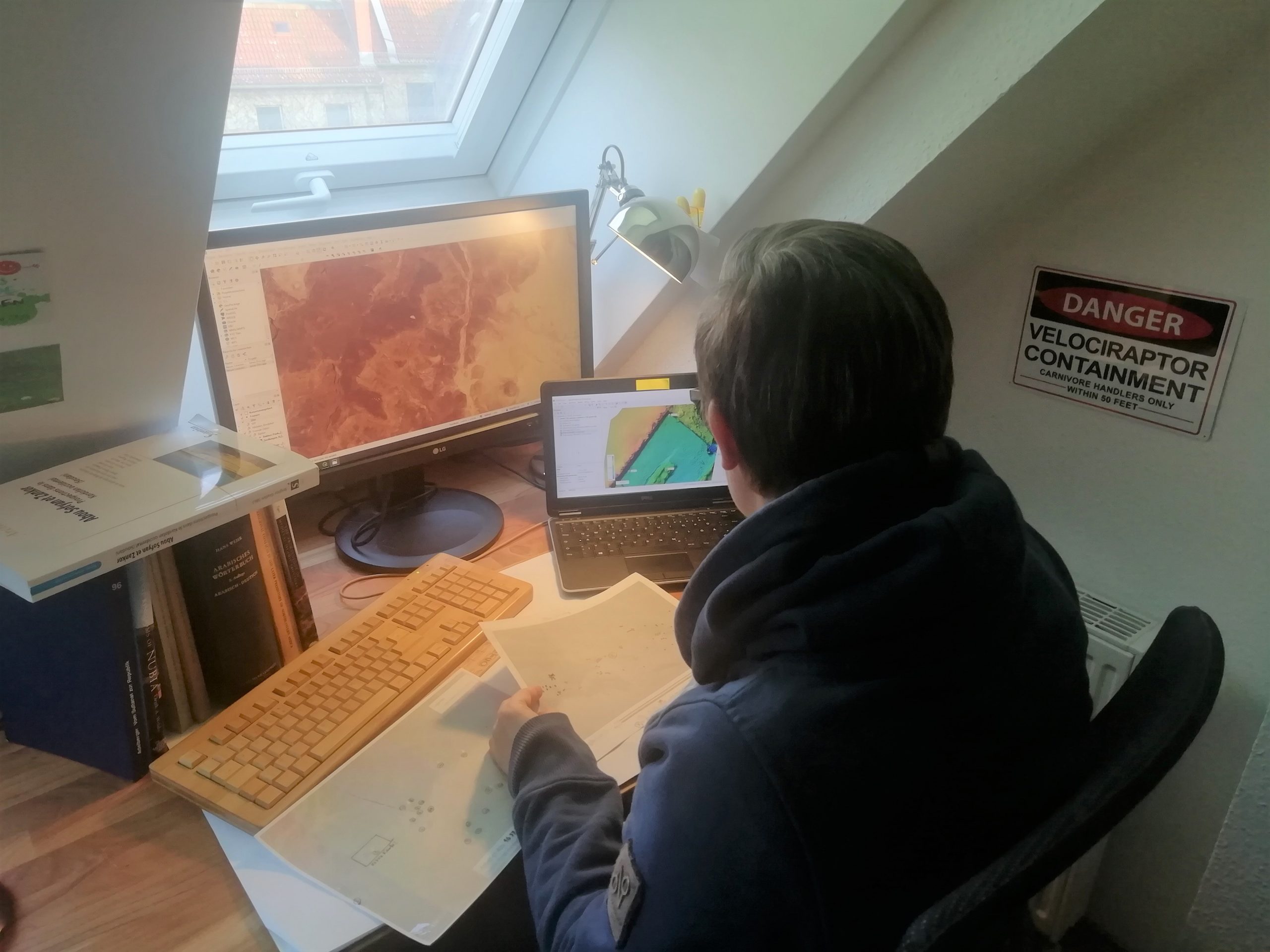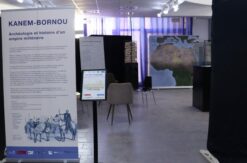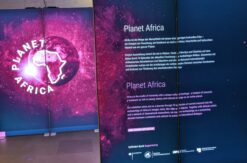The young scientists of the SPP "Entangled Africa"
above: Archaeological research in home office © Photo: Tim Karberg.
They are entrusted with routine work or are working on their academic degrees; you can find them in laboratories, on excavations and in the library: the young scientists of the SPP “Entangled Africa” are an essential part of the projects. The program offers them the opportunity to gain insight into methods of the diverse scientific disciplines, to exchange ideas across continents, educational backgrounds and educational levels.
With the aid of virtual networking that has become commonplace since the beginning of the Covid crisis the young scientists have been meeting once a month since October 2020, even though they are spread all over the world – Africa, Europe, South America. The meetings serve to get to know each other, to talk about one’s own scientific interests and to discuss results and challenges of scientific work. Today we introduce two of “Entangled Africa’s” young scientists.
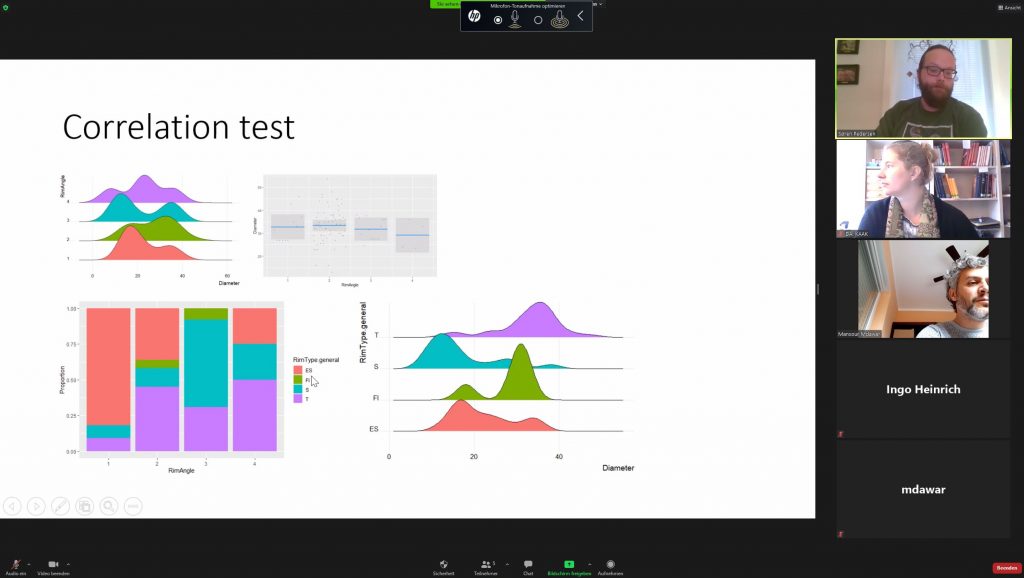
Mansour Mdawar is from Lebanon. He studied agricultural engineering and has worked on projects for agricultural development in his home country and in Iraq. Now he found his way into science. He was able to come to Germany for the first time at the beginning of 2020 to begin his work as a doctoral student in the project ClimCellMed under the direction of Ingo Heinrich. But then the Covid-crisis hit and threw all work plans overboard. But Mansour Mdawar quickly found a way to use the forced laboratory-free time. He returned to his home country to systematically sample juniper trees. After the lockdown, the samples were prepared in the laboratory of GFZ Potsdam. With high-resolution scanning technology, the cell structure and sizes as well as the diameter of the tree rings were examined. The data provide indications of seasonal or climatic events, temperature and humidity variations, which are not caused by winter and summer differences as in Central Europe. They will be essential for chronologically classifying juniper wood, which is an important historically used building material in for example Yeha, Ethiopia.
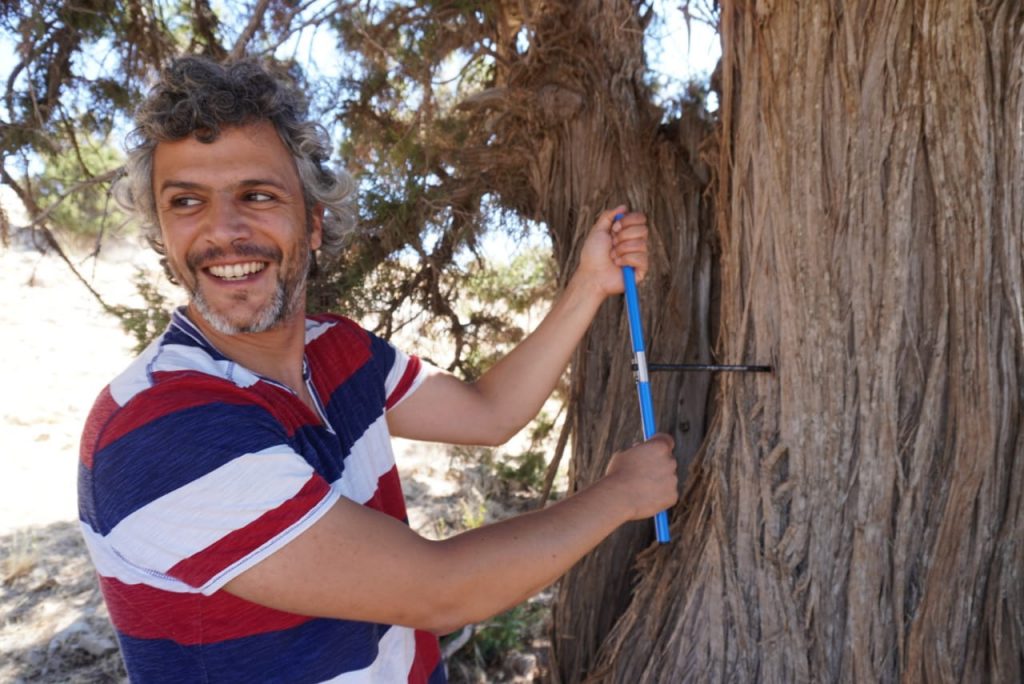
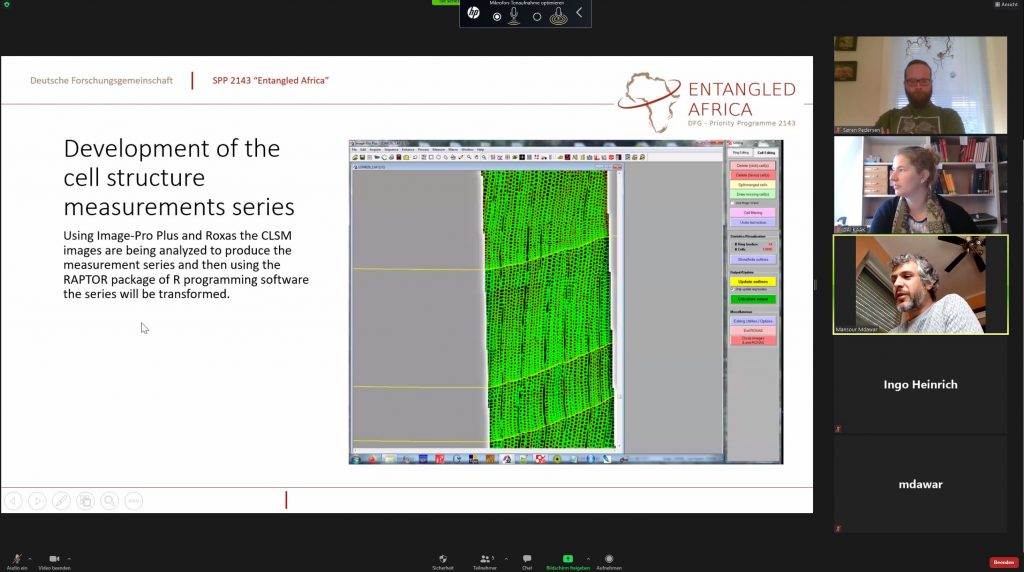
Ceramics are in the focus of Søren Feldborg Pedersen’s work. As a graduate prehistorian and classical archaeologist, he has been working on this most important find genre of any excavation work worldwide since his master’s thesis at the University of Copenhagen. Since 2015 he was enrolled in archaeological projects in West Africa. Now he is employed as a research associate and PhD student in the project Borrowed words and shared objects (see also SPP project film) under the direction of Henning Schreiber (University of Hamburg) and Nikolas Gestrich (Goethe University Frankfurt). Søren Pedersen’s task is to develop a network model for pottery from the Niger Valley dating to 500-1500 CE. This model includes not only archaeological sites and ceramic forms, but also production technique, use and even the various names for vessels. Separated by periods to which the vessels date, such models can be used to trace the distribution of specific types of ceramics or production techniques and the associated vocabulary. It is a mathematical approach providing evidence for the networking of groups in historical times that has been little used to date.
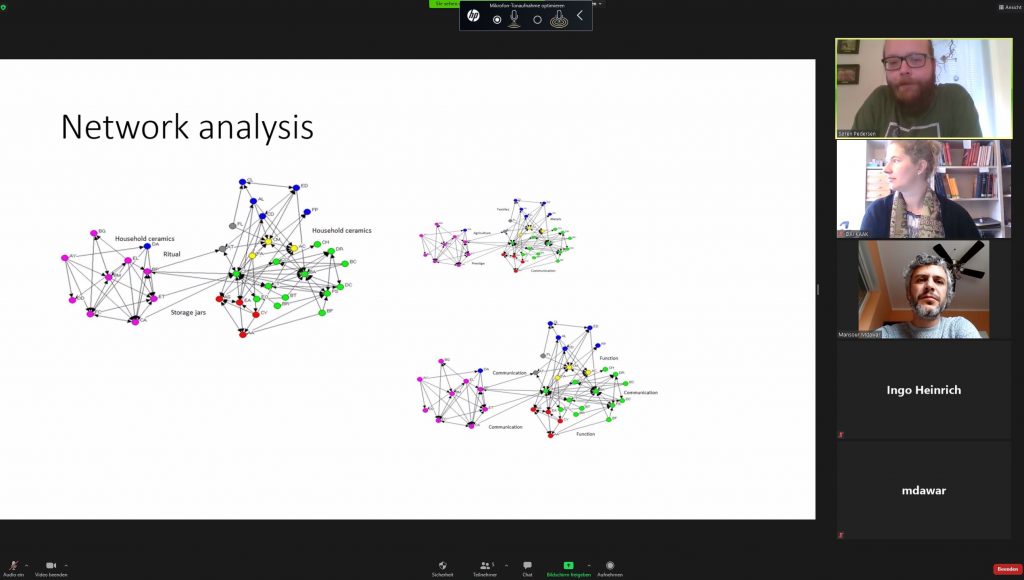
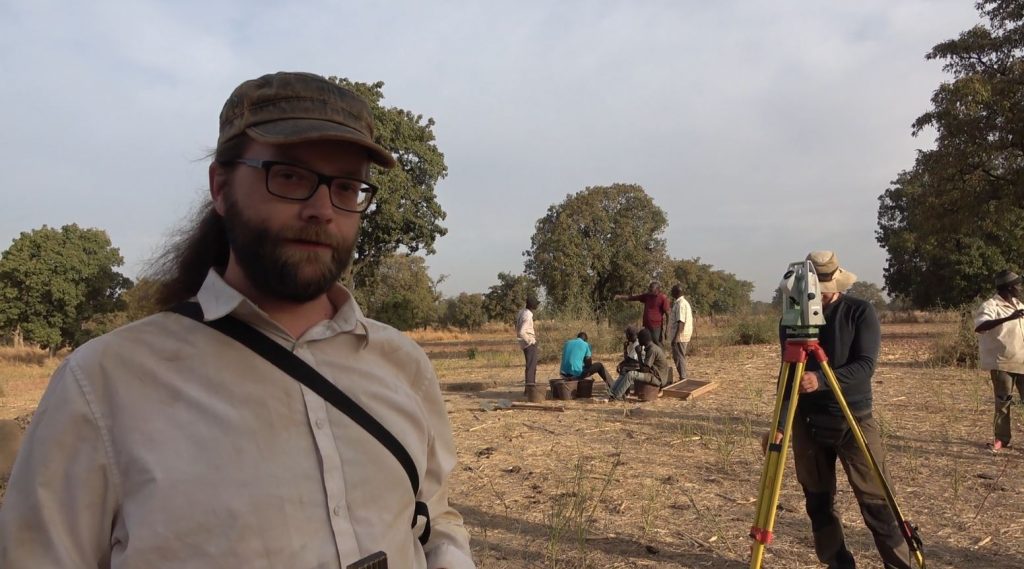
In December 2020 the next meeting of the SPP Young Scientists will take place. Afterwards we will introduce two more young scientists of the program. Stay tuned!
